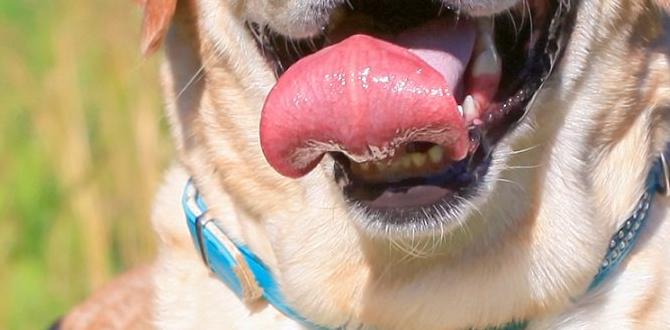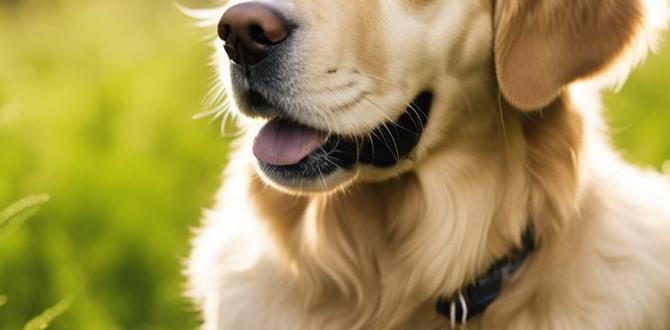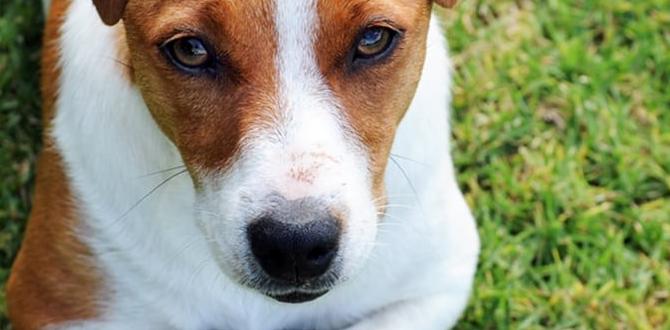Aggressive dog behavior advice doesn’t have to be an insurmountable challenge. While the prospect of dealing with an aggressive dog can be daunting, understanding the root causes and implementing consistent, positive strategies can make a significant difference. It’s crucial to remember that aggression in dogs is rarely an inherent trait; it’s a learned response or a reaction to underlying issues such as fear, pain, anxiety, or a lack of proper socialization and training. Approaching this problem with patience, empathy, and a commitment to positive reinforcement will yield the best results for both you and your canine companion.
Understanding the Triggers of Aggression
Before diving into solutions, it’s essential to identify what might be causing your dog’s aggressive outbursts. Aggression isn’t a monolithic issue; it manifests in various forms and is triggered by different stimuli. Common triggers include:
Fear and Anxiety: This is perhaps the most prevalent cause of aggression. Dogs who are fearful or anxious may lash out to create distance from perceived threats. This can stem from past trauma, inadequate socialization, or a general nervous disposition.
Resource Guarding: Many dogs exhibit possessiveness over items they perceive as valuable, such as food, toys, or even their favorite spot on the couch. Aggression in this context is a warning to others to stay away.
Pain or Medical Issues: An underlying medical condition causing pain can make a dog irritable and more prone to snapping or biting. If aggression onset is sudden, a veterinary check-up is paramount.
Frustration: When a dog is prevented from doing something they want to do, such as reaching another dog they’re excited to greet or a person they want to interact with, frustration can build and lead to aggressive displays.
Territoriality: Dogs naturally have a protective instinct over their territory, which can include their home, yard, or even their owner. This can lead to aggressive barking and lunging at perceived intruders.
Predatory Aggression: This is less common and involves a dog chasing and attacking small animals, a behavior stemming from their natural hunting instincts.
Redirected Aggression: This occurs when a dog is highly aroused by something they cannot reach (like another dog behind a fence) and redirects their frustration and aggression onto an available target, which could be you or another pet.
Essential Aggressive Dog Behavior Advice for Owners
Once you have a better understanding of potential triggers, you can begin implementing strategies to manage and modify the behavior. Remember, consistency and patience are your most valuable tools.
The Crucial Role of Professional Guidance
One of the most significant pieces of aggressive dog behavior advice you’ll receive is to seek professional help. A certified professional dog trainer or a veterinary behaviorist is invaluable in diagnosing the root cause of the aggression and developing a tailored behavior modification plan. They can assess your dog’s individual temperament, observe their behavior in controlled environments, and provide expert guidance without putting you or others at unnecessary risk. Attempting to handle severe aggression on your own can be dangerous and may inadvertently worsen the problem.
Management and Prevention are Key
While working on behavior modification, management is crucial to prevent incidents and ensure safety. This means actively avoiding situations that trigger your dog’s aggression.
Leash Control: Always use a sturdy leash and consider a head halter or a front-clip harness for better control, especially on walks. Avoid retractable leashes, which offer less control.
Muzzling: For dogs with a history of biting, a properly fitted basket muzzle can be a safe and humane tool for management during necessary outings or interactions, allowing your dog to pant and drink.
Environmental Management: If your dog guards resources, feed them separately from other pets. If they are territorial, manage their access to windows and doors or use visual barriers.
Controlled Introductions: When introducing your dog to new people or animals, do so gradually and under strict supervision in a neutral territory.
Positive Reinforcement Training Techniques
The foundation of effective behavior modification lies in positive reinforcement. This involves rewarding desired behaviors, making them more likely to occur again. Punishment-based methods can often exacerbate fear and anxiety, leading to increased aggression.
Desensitization and Counter-Conditioning: These are powerful techniques for addressing fear-based aggression. Desensitization involves gradually exposing your dog to the trigger at a very low intensity, where they don’t react aggressively. Counter-conditioning pairs the trigger with something positive, like high-value treats, so your dog begins to associate the trigger with good things. For example, if your dog is fearful of men, you might have a man stand at a distance and toss treats to your dog until the dog is comfortable.
Obedience Training: A solid foundation in basic obedience commands like “sit,” “stay,” “come,” and “leave it” is essential. These commands give you a way to redirect your dog’s attention and manage their impulses. Training should always be conducted in a positive, rewarding manner.
Building Confidence: For fearful and anxious dogs, building confidence is key. This can involve engaging in activities your dog enjoys, providing enrichment, and ensuring they have a safe space where they can retreat.
Socialization: A Lifelong Endeavor
Proper socialization is critical from puppyhood, but it’s never too late to continue introducing your dog to new sights, sounds, people, and other animals in a safe and positive way. This is especially important for dogs who may have missed out on early socialization or have developed fear-based aggression. Focus on quality over quantity and always ensure the experiences are positive and not overwhelming for your dog.
Meeting Your Dog’s Basic Needs
Sometimes, aggressive behavior can stem from unmet needs. Ensure your dog is getting:
Adequate Exercise: A tired dog is a good dog. Ensure your dog is getting enough physical and mental stimulation appropriate for their breed and age.
Mental Enrichment: Puzzle toys, training sessions, and scent games can help prevent boredom and frustration.
Proper Nutrition: A balanced diet contributes to overall health and well-being.
Routine and Predictability: Dogs thrive on routine. A predictable schedule can reduce anxiety.
By combining a deep understanding of your dog’s individual triggers with consistent application of positive reinforcement techniques, professional guidance, and diligent management, you can effectively address aggressive dog behavior. It’s a journey that requires commitment, but the reward of a well-adjusted, happy, and safe companion is immeasurable.
Meet Elyse Colburn, the devoted canine companion and storyteller behind the enchanting world of “Tales, Tails, and Adventures Unleashed.” A passionate dog enthusiast with a heart full of paw prints, Elyse Colburn shares heartwarming tales and insightful adventures, celebrating the joy, loyalty, and endless antics that make every dog a true hero. Join Elyse Colburn on this tail-wagging journey, where every post is a love letter to our four-legged friends.





